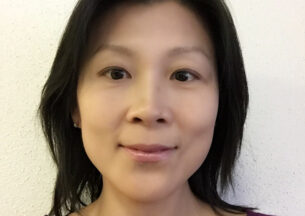[NSF] NSF supports “Array of Things” prototype in Chicago
New urban-scale smart city technology acts as a fitness tracker for livability
“University of Chicago scientists supported by the National Science Foundation (NSF) are collaborating with researchers at the Argonne National Laboratory to build out a wide-ranging urban sensing project in Chicago known as the Array of Things (AoT).
One could think of it as a fitness tracker for a city — a network of 500 computer nodes designed to gather data on livability factors all over Chicago, from climate, weather and air quality to noise and traffic, on a city block scale. Each AoT node is equipped with power, Internet and sensors to measure environmental health and safety factors, such as carbon monoxide, nitrogen dioxide and ozone levels. The nodes also have a camera, which temporarily records images. Once the data of interest is extracted, the images are purged from the system. The data is gathered in real time and available to the public, as well as urban planners, health workers and others who can use the information to make better informed decisions.
The information is meant to fill gaps in understanding across many disciplines, addressing such issues as how air pollution is controlled by urban form and traffic patterns; how different materials and surroundings affect the magnitude of the urban heat island; what correlations exist between weather, noise, pollution, and traffic and social and behavioral trends; and how urban infrastructure faults and failures can be better detected and predicted.
Ultimately, the objective is to not only better understand elements of the built and natural infrastructure, but also the interactions of infrastructure systems with people and the environment, to understand complex city dynamics.
The research in this episode was supported by NSF award #1532133, Development of an Urban-Scale Instrument for Interdisciplinary Research. It was funded through NSF's Major Research Instrumentation (MRI) program.”
Miles O'Brien, Science Nation Correspondent
Marsha Walton, Science Nation Producer
See NSF article here.












